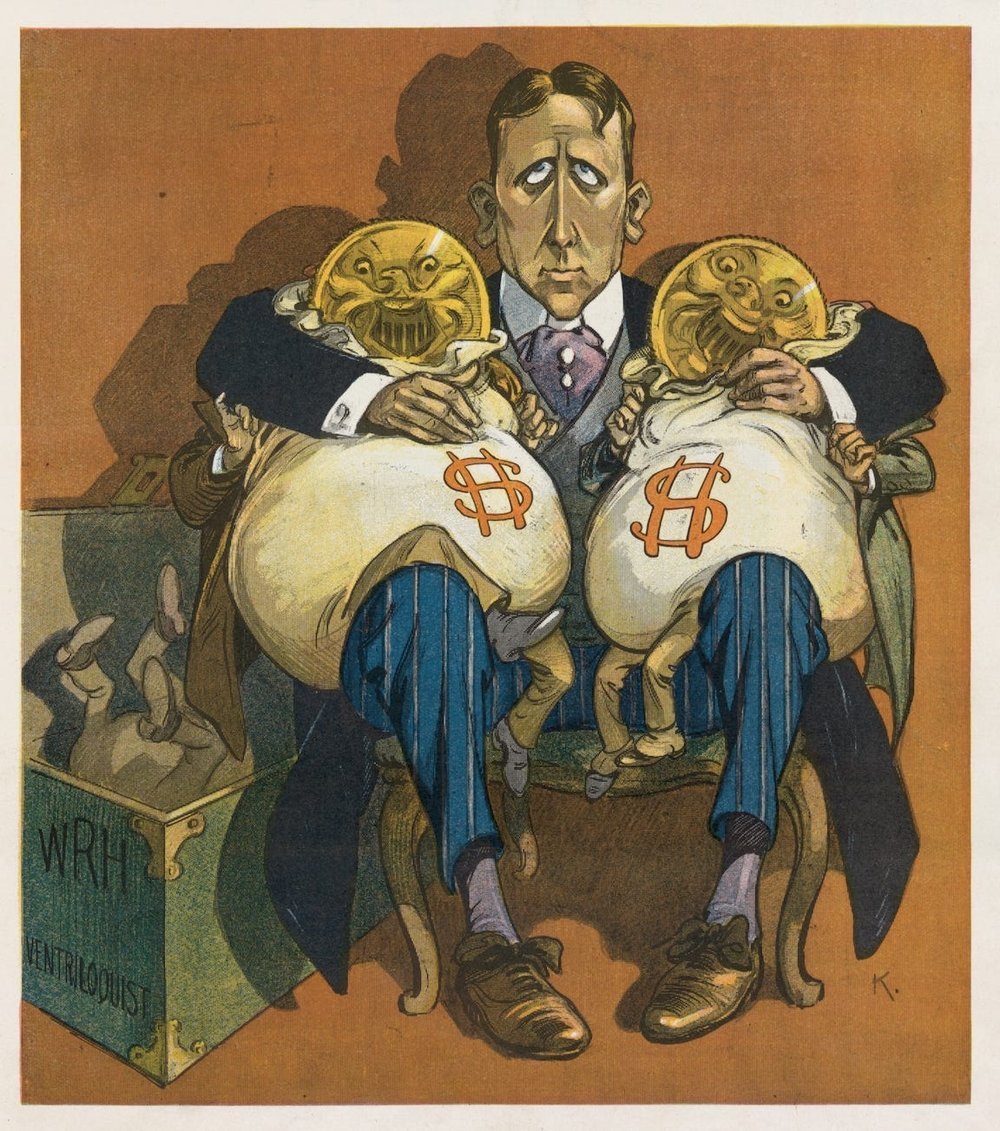What Is the Three-Tier System?
Developed by state lawmakers in the wake of repeal of Prohibition in the 1930s, the “Three-Tier System” is defined by two important regulatory mechanisms that are written into a state’s alcohol laws.
1. Separate Licensing & Privileges: Producers of alcohol, wholesales/distributors, and retailers (including restaurants) are separately licensed, each has unique privileges under state law, and neither may have a financial or legal interest in the other.
2. The mandated use of wholesalers: Producers who want to see their products sold in a given state are mandated by law to sell their products to that state’s wholesalers. Those wholesalers are the only entity that may sell alcohol to the state’s retailers and restaurants. Under this provision, the retailer is barred from purchasing inventory directly from a producer and is limited in the inventory they may offer consumers to those products sold by in-state wholesalers.
Nearly every state maintains these two provisions that define the three-tier system. California, the District of Columbia, and Washington state are the only jurisdictions where the use of middleman wholesalers is not mandated by law.
Importantly, nearly every other alcohol law and regulation can exist without the second provision noted above requiring producers to sell to wholesalers.
The best way to understand the three-tier system is that it is a set of provisions that govern the path that alcoholic beverages must travel in order to arrive on a retail shelf or in a restaurant in a given state. These two primary provisions of the three-tier system do not govern how consumers may obtain alcoholic beverages. For example, the online purchase and shipment of wine from an out-of-state producer such as a winery or distiller does not implicate the three-tier system.
